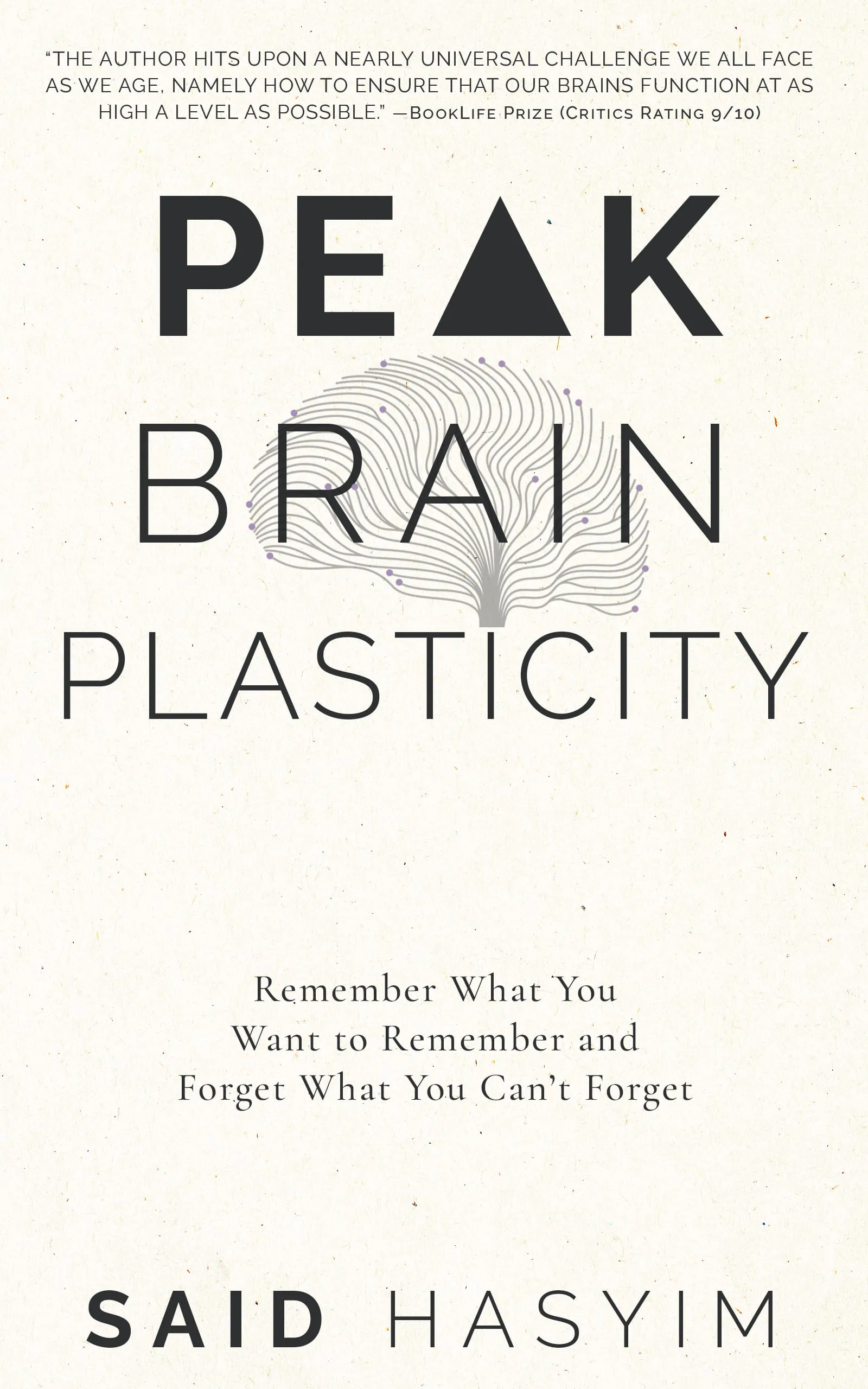Memory Mapping: Visualizing to Remember Better
Memory is one of the most fascinating and complex aspects of the human brain. Despite decades of research, we are still unraveling the intricacies of how we encode, store, and retrieve memories. One of the most effective techniques that has emerged for enhancing memory retention is memory mapping, or mind mapping. This strategic visual representation of information can significantly aid in the process of memorization and understanding. In this post, we'll explore the concept of memory mapping, its benefits, applications, and techniques for creating effective maps.
What is Memory Mapping?
Memory mapping is a visual technique that uses diagrams to represent information hierarchically. It organizes data in a way that mimics the brain's natural processes, integrating both verbal and visual elements. By representing information spatially, memory mapping helps with the encoding of memories, facilitating better recall and understanding.
At its core, memory mapping involves:
- Nodes: Representing concepts, ideas, or pieces of information.
- Links: Connecting these nodes to illustrate relationships and hierarchies.
- Visual imagery: Utilizing colors, images, and shapes to enhance memorability.
The goal of a memory map is to enhance retention through structured visualization, making it easier to absorb and recall information later.
Benefits of Memory Mapping
Memory mapping offers several advantages over traditional note-taking and linear forms of studying:
Active Engagement: Creating a memory map is an active process that engages the brain. Instead of passively reading or writing, you’re synthesizing information and establishing connections, which boosts understanding.
Visual Learning: Many people are visual learners who find it easier to recall and understand information when it is presented visually. Memory maps leverage this by transforming textual data into a rich visual format.
Enhanced Recall: The combination of images, colors, and spatial layout can make information more memorable. The brain often remembers visual information more easily than purely textual data.
Clarity and Organization: Memory maps help organize information clearly, allowing for a quick overview of a topic and highlighting connections between ideas that may not be evident in linear notes.
Creativity and Flexibility: Memory mapping can be a creative process. It allows for flexibility in how you organize information, and the creative flourishes can make it more engaging.
Stress Reduction: For many, traditional studying can be overwhelming. Memory mapping provides a more enjoyable and less stressful approach to learning, which can improve retention and performance.
Applications of Memory Mapping
Memory mapping can be applied across various fields and settings, making it a versatile tool for learning and retention:
Education
In educational settings, students can utilize memory maps for:
- Studying for exams: Condensing large amounts of information into concise, visual summaries.
- Brainstorming ideas: Collaborative projects can benefit from group memory mapping sessions.
- Note-taking during lectures: Students can create memory maps on-the-fly while the teacher is presenting information.
Professional Development
In the workplace, professionals can apply memory mapping in several ways:
- Project planning: Visualizing tasks, timelines, and responsibilities can enhance clarity in projects.
- Presentations: Organizing a presentation in a mind map can help structure arguments and information flow.
- Problem-solving: Breaking down complex issues into manageable components can clarify solutions.
Personal Development
Memory mapping can also play an essential role in personal development:
- Goal setting: Visualize your goals and connecting steps to achieve them can strengthen commitment and focus.
- Journaling: Mind mapping can help organize thoughts and feelings, providing insight into personal challenges.
- Learning new skills or languages: Create visual representations of vocabulary, grammar rules, or skills to facilitate faster learning.
Techniques for Creating Effective Memory Maps
Creating an effective memory map involves several techniques that can enhance its usefulness and clarity:
1. Start with a Central Idea
Begin with a core theme or idea, which typically goes at the center of your map. This serves as the focal point and provides a starting point for branching out into related topics.
2. Use Branches for Main Ideas
From your central idea, create branches that represent main concepts related to the topic. Each branch should include a keyword or a short phrase, encapsulating the main idea it represents.
3. Incorporate Sub-branches for Details
Add sub-branches that break down the main concepts into details or supporting information. This hierarchical representation helps you visualize the relationships between broader ideas and finer details.
4. Leverage Colors and Images
Use colors, icons, and visual elements to differentiate branches and sub-branches. This not only makes the map more visually appealing but also aids in memory retention through visual stimulation.
5. Keep it Simple and Clear
Avoid cluttering your memory map with excessive details. Aim for clarity and conciseness, focusing on the most crucial points that will enhance recall.
6. Review and Revise
Periodically review and revise your memory maps. This reinforces the information in your long-term memory and allows you to update with new insights or understandings.
Conclusion
Memory mapping is a powerful technique that leverages visualization to enhance memory retention and understanding. By organizing information hierarchically and creatively, individuals can engage with and recall complex information more effectively. Whether in educational settings, professional development, or personal growth, memory mapping offers a versatile and effective strategy for understanding and remembering better.
The next time you're faced with a wealth of information, consider investing time in creating a memory map. Not only will you make the learning process more enjoyable, but you may find that you recall information with greater ease and clarity than ever before.
Harness the Power of Neuroplasticity
Discover Peak Brain Plasticity, a practical book to harnessing neuroplasticity. Enhance your memory, learn new languages quickly, and alleviate anxiety with effective study methods. Uncover daily habits that impact cognitive health and explore techniques for accelerated learning and memory retention. Unlock your brain's potential for growth and transformation.
